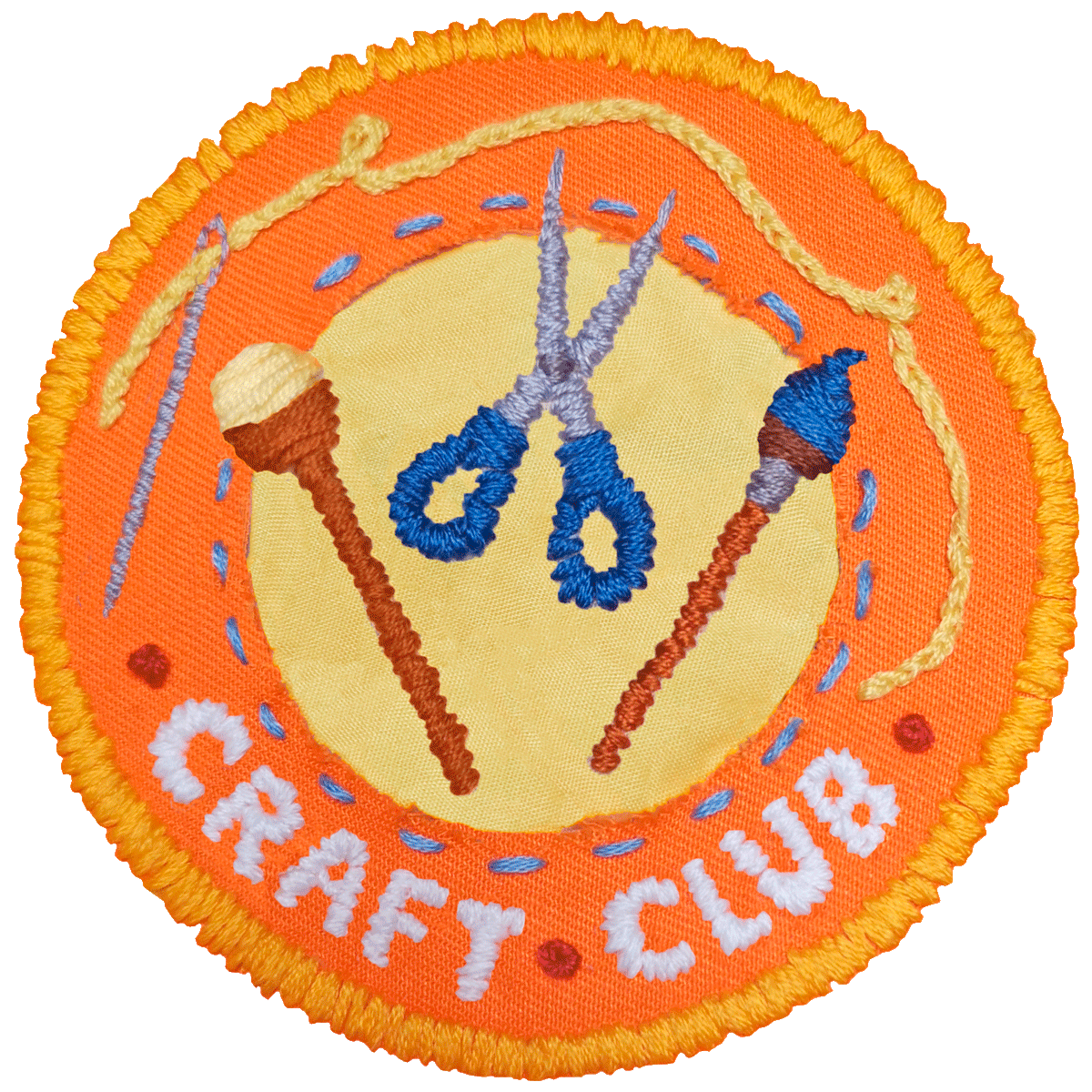Our first two Craft Club projects – making ricotta cheese and crackers with Cindy Lazarenko and making soap with Natalie Pepin – were quite structured, requiring certain ingredients, careful measuring and a very specific process.
With our third project, it’s time to let your imagination run wild as we foray into the endlessly creative world of collage. The teacher for our Feb. 16 livestream will be Scott Nolan, a Winnipeg song writer and producer who has been making collages during the pandemic and says it has been instrumental to his health and well-being throughout the challenges of the past year. He’s said he finds the act of collage calming and comforting, an act of both creation and self-preservation.
As of Feb. 8, he had done 137 collages, each shared on social media to enthusiastic and appreciative responses, and in some cases photographed and sold as prints.
Nolan has made 137 collages to date, using National Geographic magazines, an X-Acto knife and a glue stick.Shannon VanRaes/The Globe and Mail
“Love this. It really speaks to the condition of today’s life for me,” one friend recently commented on a colourful landscape sliced into horizontal strips.
“Looks like a painting of my soul (right now),” another friend wrote about a fragmented image of a ship afloat in a choppy sea.
Some collages are tributes to friends or family members. A new series shows businessmen in suits with large colourful flowers replacing their heads.
Collage may be one of the most versatile and accessible of all arts, found everywhere from kindergarten classrooms to the world’s best art galleries, fashioned from whatever materials the maker may choose or have access to.
The practice of collage is attributed to avant-garde artists Pablo Picasso and Georges Braque in 1912. The word comes from the French word coller, meaning to paste or to glue.
The cubists’ work around that time brought together assemblages of newspaper, sheet music and other papers, worked over with charcoal and paint to create a revolutionary form of art that would remain in common practice more than a century later.
Collage can be cheeky and playful, surreal or subversive. The works can be fiercely political, raggedly punky (think Sex Pistols) or classically beautiful (think roses and flowers). Some use collage as a way to diary or to make mood boards. Collage can be found in art galleries and in advertising, on bedroom walls and magazine covers. (This 2016 story about Toronto designer Maxwell Burnstein looks at how his long-time collage practice with “an X-Acto knife, a glue stick and paper” propelled him into a position as “the fashion industry’s latest creative darling.”)
Elements in collage are limited only by one’s imagination. Collages can be fashioned of words and images, made from photographs, old magazines, books, newspapers or other scraps, such as maps, wrapping paper, flyers, construction paper, old packaging and even fabric or lace. A collage can be made on top of a base of paper or wood or wallpaper, altogether or something else. The work may include additional paint or drawing, and can also be sewn onto with thread or further embellished with ribbons or other items.
While people do sell co-ordinated collage kits, it is more fun (and far cheaper!) to find your own. It is also a great way to reuse and repurpose scraps that would otherwise go to waste.
Nolan uses National Geographic magazines, an X-Acto knife and a glue stick, and will in this class share his process and what he has learned from the act of collage.
You can find his work on Twitter, Facebook and Instagram.
Supplies for making a collage
- Things to collage – anything that inspires or interests you.
- A base for the collage (a piece of paper, board or anything else that you can use as a base or background).
- Glue (can be a glue stick, rubber cement or white glue), tape and/or staples.
- Scissors or an X-Acto knife.
If you missed our event on Feb. 16, watch the replay above. Keep up to date on other Globe Craft Club events at tgam.ca/craftclub and join the conversation on our Facebook group.
Our next class, learning embroidery, is March 2 at 7 p.m. ET. Find the list of supplies you’ll need. RSVP for the event on Facebook, or watch it at tgam.ca/craftclub.

How to participate: Join our Facebook group, RSVP to the event on Facebook and if you make any of these projects, tag us on Instagram (@globeandmail) or Twitter (@globeandmail) with the hashtag #globeCraftClub.